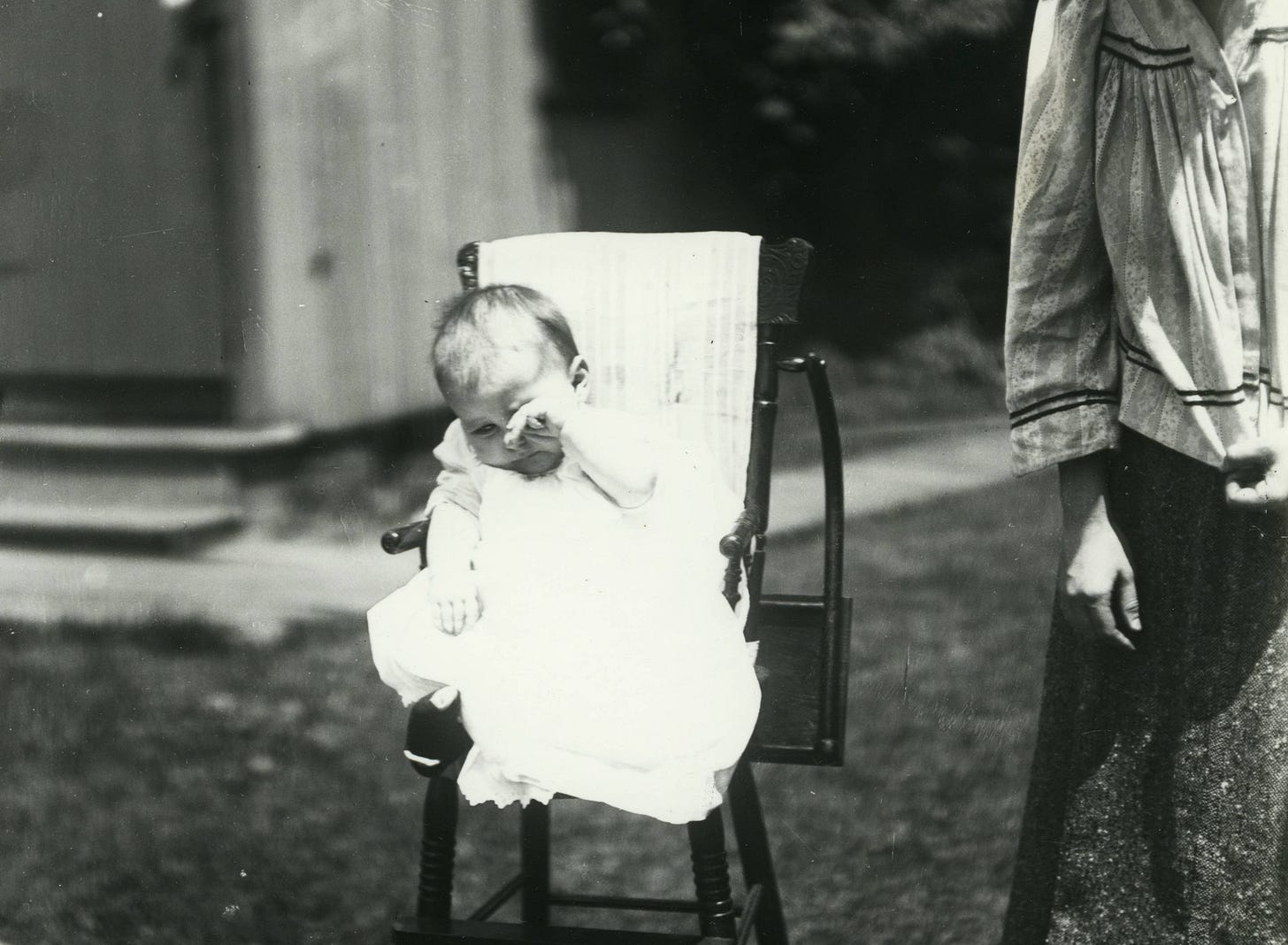The Game of Life
Nature is competition. Everything that can be considered ‘naturally’ normative will ultimately be usurped by some clever exploit or unpredictable deception. Some people call this evolution, but viewing things in these terms makes life a sort of game.
This dialectic of normalization and exploit is not limited to the dynamics of life. But also: technology, economics, social institutions and personal relationships. Technologically things seem impossible, until they aren’t. The printing press, internet and the steam engine equally broke the rules of the game. In economics the slight-of-hand involved in the creation of fiat currency allows power to arbitrate proclaim monetary value. Social institutions follow the mechanisms of voice, loyalty and exit1 which allow for death and innovation in much the same way as a living organism. Lastly, it should be obvious to anyone that personal relationships are subject to a similar dynamic, “children […] learn quickly that crying can be used as a tool to manipulate, and some adults don’t hesitate to use it similarly.”2
Nature, our biological substrate, implies some normative. A sterile mechanism which, if followed, would provide a stasis of life. Offspring born and grown without divergent or disability, nutrients perfected in supply and application until the possibility for reproduction. At this point some manner, sperm or engineered fertilization, would enable the next generation. All of this would have to be done in a homeostatic environment, perfect for the human animal. This is, of course, an impossibility in our entropic and messy reality. Such a stasis is a form of utopia.
Interestingly utopia and stasis are not congruent with nature but in direct opposition to it. For the reasons discussed above, the true nature of nature is not static but instead a set of flexible boundaries within which the game of life is played, rules designed for competition, rules which are always ready to be broken.
See Intellectual Economy. In: Barnes, S (2022). The Iconoclast. p.30 and Hirschman, A.O. (1970). Exit, voice, and loyalty : Responses to decline in firms, organizations, and states. Harvard University Press
Navarro, J. (2018). The Dictionary Of Body Language. Harper Thorsons. p.34




